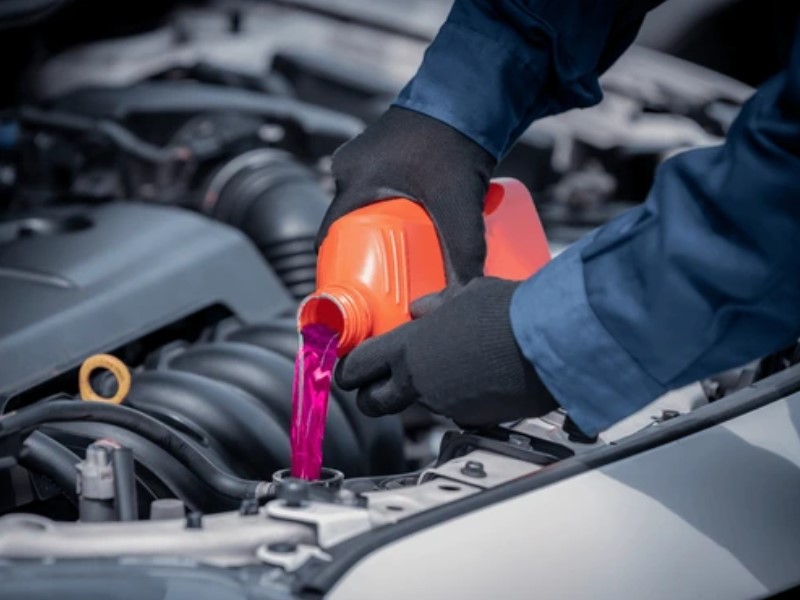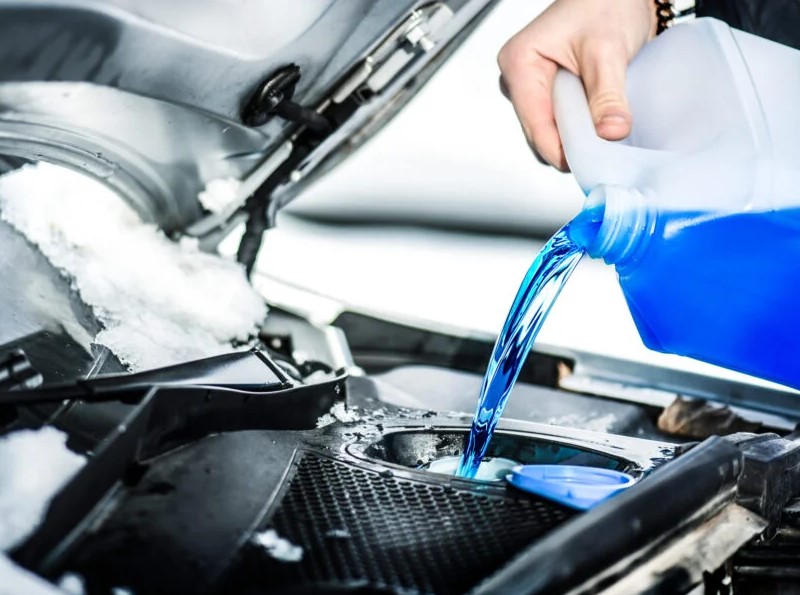The Many Colors of Car Coolant
While the colors of the engine or car coolant are nice and pretty to look at, did you know that these are not just for aesthetic purposes?
The engine coolant is one of a car engine’s essential fluids. Without this, the engine will overheat and stop because the engines tend to reach extremely high temperatures. After some time, you need to replace the fluid as part of the regular maintenance routine of your car.
You probably noticed the different colors of engine coolants, the most common of which are blue, green, orange, and pink. So that you know, the colors are meant to identify specific characteristics of the fluids. Although all car coolants have the same function, it’s very possible that you’re not getting the right type for your vehicle.
Table of Contents:
Car Coolant and Its Purpose
The purpose of the engine coolant is to keep the engine at a specific operating temperature. Coolants circulate all over the system to prevent it from overheating. These fluids also have anti-corrosive properties to help prevent rusting on the internal radiator components such as the radiator and water pump.

Engine coolant has an additional benefit in polar and temperate climates in the form of a low freezing point. It allows the car’s engine to achieve optimal operating temperatures even in cold climates. This is why car coolant is also known as anti-freeze in some areas including Europe and the US.
What’s with the Different Colors of Engine Coolant?
To put it simply, engine coolant comes in various colors because it implies the specific type of protection it gives to vehicles. Back in the day, coolant color was used to determine the right type for your vehicle.
Today, coolant color is no longer a reliable indicator of its contents and properties so you must read and review the container labels to determine if it suits your vehicle.
As for modern engines, it’s recommended to look for the type of car coolant stated in the owner’s manual because it will offer the best protection and performance for your radiator and engine components.
Don’t make the mistake of using a coolant that doesn’t meet the manufacturer’s set parameters for your vehicle because it will cost you more than a mere flush down the road. Using the wrong kind of coolant can damage your system and even result in part replacements if things go wrong.
The Bottom Line
Don’t just base your decision on the color of the coolant when choosing one. Instead, it will help a lot to know the meaning behind these colors to determine which one to use in your vehicle.
Three primary engine coolant types are available right now with different uses and properties. Some vehicles, particularly newer models, are only allowed to use a particular type of coolant, so keep a close eye on what you will get.
If the car coolant for your engine is not available in your local area, you can also look for universal coolant variants that can match or at least come close to your vehicle’s requirements.
Unlike certain car repairs that need a master’s in mechanical engineering, replacing spark plugs for car is not that complicated. Read more on the link!
